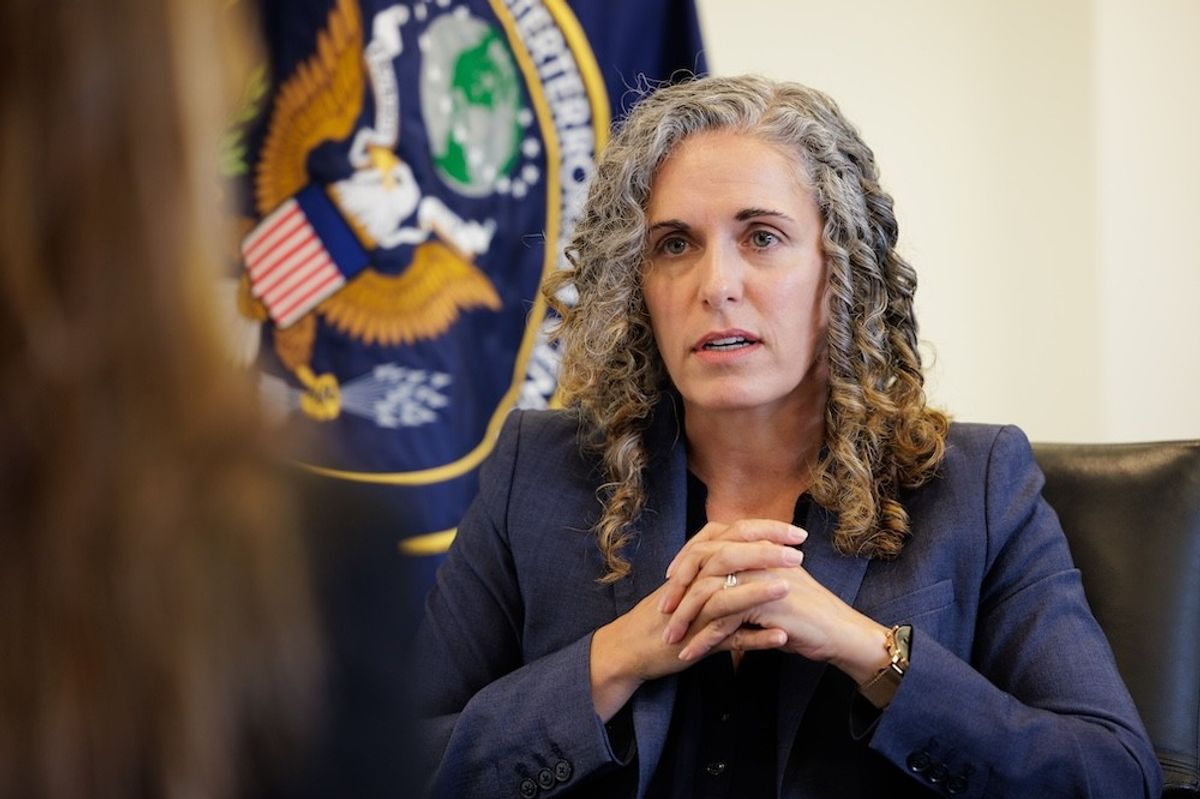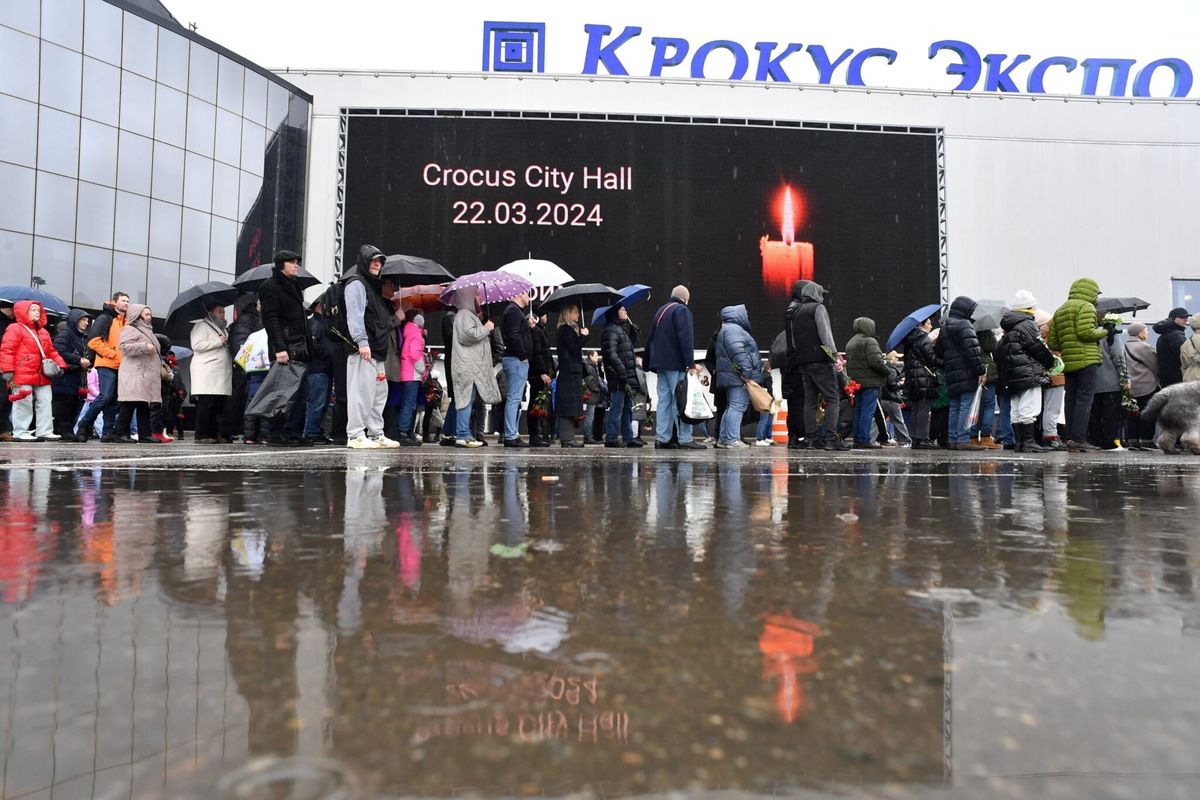Hawala networks and terror finance are in the news again. These networks have been used by ISIS in war-torn Syria and Iraq, and were reportedly used to help finance the 2015 ISIS attacks in Paris. Hawala networks are still considered to be the national banking system of Afghanistan and are intertwined with the formal banking system of neighboring Pakistan. Furthermore, Hawala networks exist in other troublesome spots where U.S. adversaries operate, such as the Horn of Africa and Libya.
In a hawala transaction, someone wishing to send funds to someone else gives the money to a local broker, who then contacts a second broker at the destination. The second broker gives the intended recipient an equivalent amount, less commissions. The system is based on trust, and most brokers are of the same ethnic group, and many are members of the same family, tribe, or clan. Prosecutors in the 1998 federal trial of Iranian drug trafficker and money launderer Jafar Pour Jelil Rayhani and his associates concisely defined hawalas as “money transfer without money movement.”
Many immigrant groups naturally bring with them the kind of indigenous informal financial systems, like hawalas, that they know and trust. They are also attached to the three C’s of these opaque financial systems – they are certain, convenient, and cheap.
Hawala and other alternative remittance systems have consequently flourished in the United States. Shifting immigration patterns around the world have made hawala and similar sister systems global, but policymakers and the media only “discovered” hawala networks after the 9/11 terror attacks. There was concern about “new forms” of terror finance – even though hawala systems have been around for hundreds of years, long before the advent of modern Western banking.
Hawala have been used to finance terror attacks against the U.S., including the 1998 bombing against our embassy in Nairobi, attacks against our troops in Afghanistan and Iraq, and the 2010 Times Square bombing in New York. In 2013, a federal judge in San Diego sentenced three Somali immigrants for providing financial support to al Shabaab, a designated terrorist organization, after evidence presented during trial showed that the defendants conspired to transfer funds to Somalia via a hawala system to wage jihad.
Of course, hawala are often used in other criminal activity. For example, in 2013, a naturalized U.S. citizen and his wife were indicted for medical billing fraud in Texas and for sending the illicit proceeds to Iran via a hawala system. In November 2015, authorities in Los Angeles announced they had broken up an international hawala network with ties between Canada, India, the United States and other locations that moved millions of dollars for the Sinaloa drug cartel and other criminal groups. International criminal organizations, from sex traffickers in Nigeria and fraudsters in Eastern Europe, to drug traffickers in Southeast Asia use hawalas. Many of these criminal networks affect the U.S.
It is important to emphasize that the overwhelming percentage of hawala transfers are benign. Law enforcement has no wish to interfere with immigrants sending a portion of their earnings home to support loved ones. Unfortunately, criminals and terrorists take advantage of the same underground system and its ability to mostly bypass financial intelligence reporting requirements – our primary anti-money laundering and counterterrorist finance safeguard.
Congress wanted a solution, or at least the political appearance of a solution, so the U.S. Treasury Department’s Financial Crimes Enforcement Network (FinCEN) classifies hawala as money services businesses (MSB) – similar to Western Union, Pay-Pal, casa de cambios, and mom-and-pop check-cashing services.
Hawala networks are legal as long as the operation is registered with FinCEN and meets state licensing requirements. But this regulatory response hasn’t quite worked as intended. While the exact number of MSBs is difficult to determine (perhaps numbering in the hundreds of thousands), estimates suggest that fewer than 20 percent of MSBs are registered as are a tiny number are hawaladars (hawala brokers).
Hawaladars are also supposed to report suspicious activities, but they don’t. Should we be surprised? The hawala system is based on trust – why would a hawaladar file a suspicious activity report on an extended family member?
Generally, hawaladars are most vulnerable when they settle accounts. Some use formal financial institutions or even cash couriers – cyber and mobile payments are on the horizon. Historically and culturally, though, settling accounts via trade is the preferred technique, which is why many hawaladars have ties to import-export companies.
The IRS Criminal Investigation Division has the law enforcement responsibility to ensure MSB compliance. Unfortunately, due to budget cuts and manpower constraints, the IRS has been unable to conduct necessary assessments or compel MSBs to register. Moreover, mandated programs designed to advise informal remittance networks of their registration and reporting responsibilities have also fallen short.
In short, there is no regulatory “solution” for hawala networks and our adversaries understand this. Osama bin Laden once referred to taking advantage of “cracks inside the Western financial system.” The hawala system isn’t a crack, it’s a canyon.
Governments wishing to minimize hawala abuse would need to address numerous macro and micro economic factors, such as currency controls and devaluations, improving banking services, providing very low cost remittance alternatives, moving away from cash-based economies, reforming tax regulations, and increasing literacy.
In 2003, I proposed the creation of trade transparency units, or TTUs, which “aim to identify global trade-bade money laundering trends and conduct ongoing analysis of trade data provided through partnerships with other countries’ TTUs.” These units help spot trade anomalies that could indicate customs fraud, money laundering, or even underground financial systems such as hawala. The concept is now part of our national, anti-money laundering strategy. To date, there are approximately 15 international TTUs. Most are concentrated in the Western Hemisphere, and they primarily focus on regional black market exchanges. The TTU network should be expanded, as there is no doubt that our adversaries will continue to exploit “cracks” in our financial countermeasures until they are closed.












